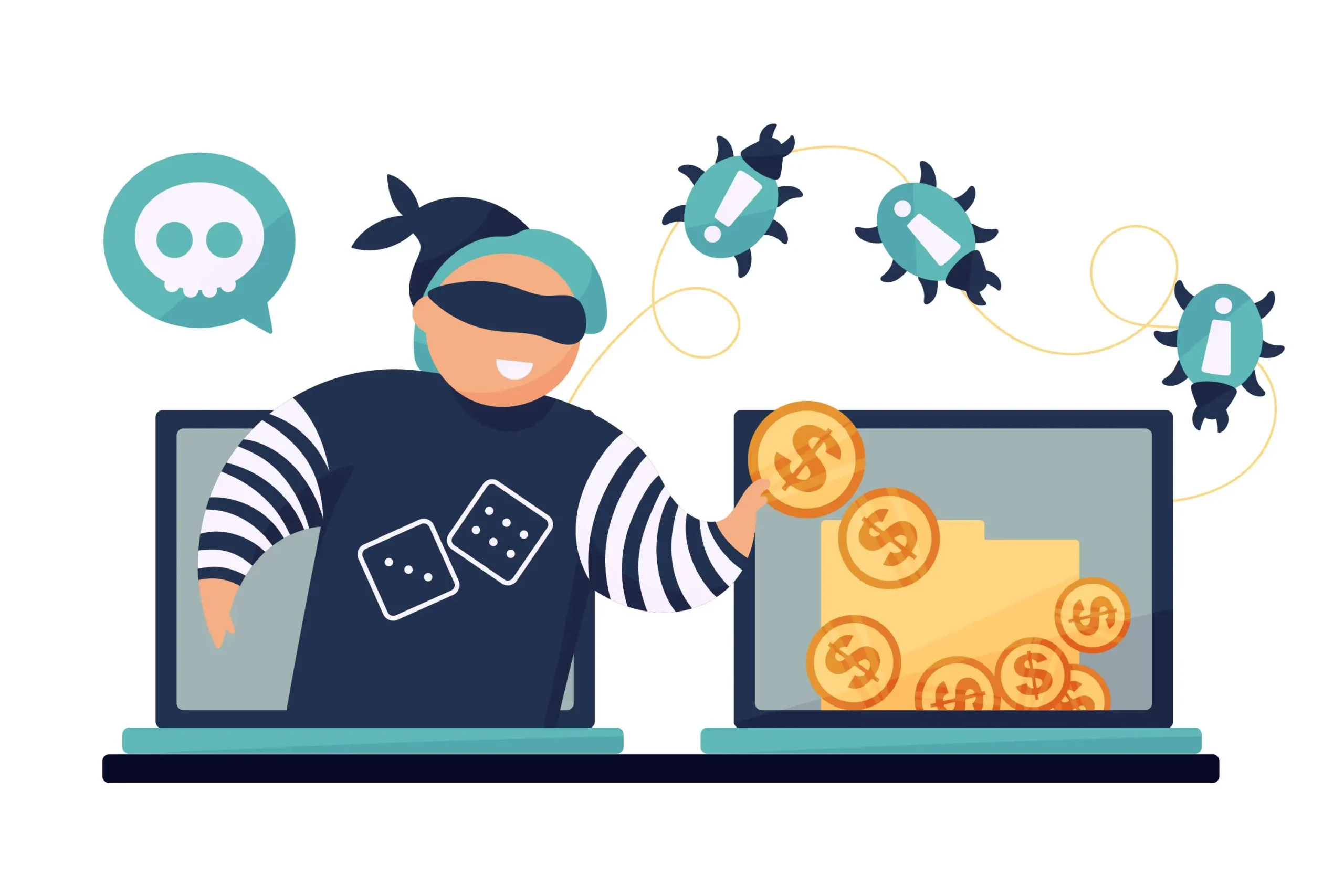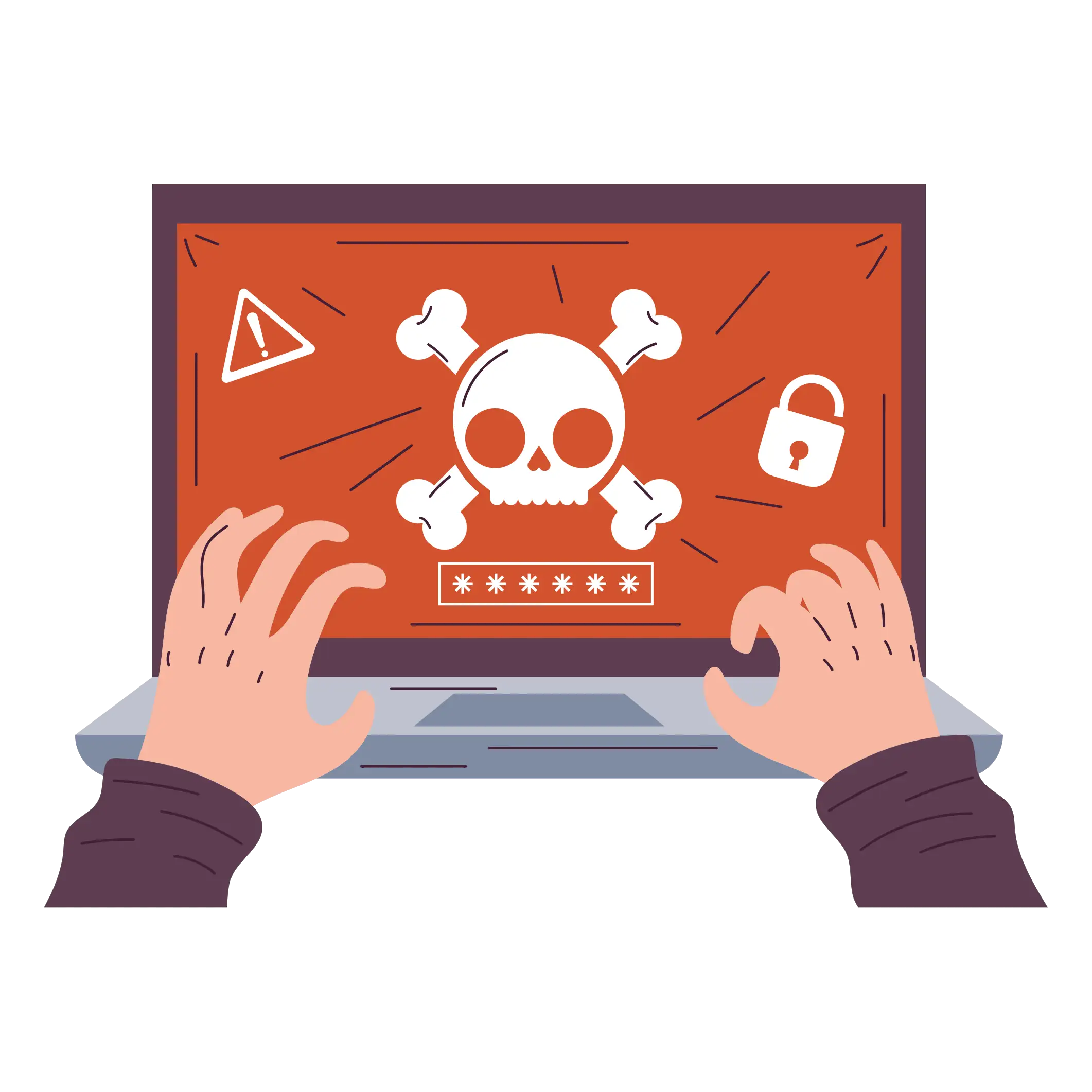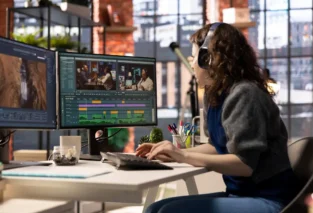
video piracy has become a serious concern for content creators. It’s incredibly disheartening to see a video you’ve worked hard to produce being stolen and published on other platforms without permission, with credit given to someone else. Fortunately, various methods and tools are available to identify and track this stolen content. This comprehensive and practical guide will help you find out who has copied your video and how you can combat this issue.
1. Using Automated Platform Tools
Many major video-sharing platforms offer powerful tools to protect creators’ copyrights. These tools are your best and first line of defense.
YouTube Content ID
As the largest video platform, YouTube has a highly advanced system called Content ID. This system automatically compares every video uploaded to YouTube against a massive database of registered content.
- How it works: You provide YouTube with a reference file of your original video. The Content ID system then scans every new upload, and if it finds a match (even a partial one, including audio or visuals), it notifies you.
- What are your options?
- Block: You can block the copied video entirely, either worldwide or in specific countries.
- Monetize: You can run ads on the pirated video and collect all the resulting revenue.
- Track: You can simply monitor the viewership statistics of the copied video without taking any action against it.
- How to get Content ID: Access is typically granted to large-scale creators, music labels, and film studios with a substantial catalog of original content. However, many Multi-Channel Networks (MCNs) offer Content ID services to smaller channels as well.
Facebook Rights Manager
Facebook offers a similar tool called Rights Manager for Video, which allows content owners to protect their videos on Facebook and Instagram.
- How it works: You upload your videos to a Reference Library. Facebook continuously scans uploaded content and compares it against your library to identify matches.
- Possible Actions: You can set rules to automatically take action on matched content, such as blocking the video, claiming ad earnings, or sending it for manual review.
2. Manual and Smart Search Techniques
If you don’t have access to automated tools or want to search beyond the major platforms, manual methods can be very effective.
Exact Title and Description Search
The simplest method is to search for your video’s exact title on search engines like Google and Bing, as well as on video platforms like YouTube, Vimeo, and Dailymotion.
- Pro Tip: Use advanced search operators. For instance, enclose your exact video title in quotation marks (
" ") to force the search engine to show only results that precisely match your query.- Example:
"Complete Photoshop Tutorial for Beginners - Session One"
- Example:
Using Watermarks and Logos
Always place a distinct and unique watermark or logo in a corner of your video. This not only strengthens your brand but also makes tracking stolen videos easier. While content thieves might crop the video to remove the watermark, many do not. By performing a reverse image search for your logo on Google Images, you might find websites or channels using your video.
Reverse Image Search
Take screenshots of key, unique scenes from your video and use reverse image search tools like Google Images, TinEye, or Pimeyes. These tools scan the internet for visually similar images and can lead you to pages where your video has been published.

3. Using Third-Party Tracking Services
In addition to platform-native tools, several companies offer specialized services in video piracy detection and enforcement. These services usually come at a cost but can be highly effective at scale.
- Vobile: A leader in digital content protection, Vobile works with many major film studios and media companies.
- Red Points: An AI-powered platform that automatically finds and initiates takedowns for copyright infringements, counterfeit goods, and piracy across the internet.
- TOSTREAM: This company provides solutions to protect video content and prevent its illegal distribution.
These services are generally more suitable for large-scale creators and corporations, but it’s useful to be aware of them.
4. VidProtect: Secure Video Hosting with a Preventive Approach | Video piracy
Beyond detection tools, some platforms are built from the ground up to prevent video piracy. VidProtect is one such service, billing itself as “the most secure video and podcast hosting.” It provides a complete ecosystem for content protection using AI and advanced security features.
VidProtect is not just a video hosting service; it’s a comprehensive solution for maintaining full control over where and how your videos are displayed.
Key Features of VidProtect
- Advanced Encryption: VidProtect’s core feature is its video encryption. Using a simple line of code, the service encrypts your video so that it can only be played on the domains you have explicitly authorized. If someone copies your video’s embed code and places it on their site, it will not play.
- Domain Control: You can easily define a whitelist of authorized websites. This feature ensures your content is only seen where you intend it to be, preventing others from leeching your traffic and hijacking your content.
- Unauthorized Download Prevention: VidProtect uses specific techniques to make it extremely difficult or impossible for average users to download your videos directly. This is a crucial security layer to prevent offline saving and re-uploading of your content.
- Dynamic Watermarking: Advanced security services often include dynamic watermarking, which can overlay information like the viewer’s IP address or username onto the video. This makes it easier to trace the source of a leak if one occurs.
- High-Speed, Optimized Hosting: In addition to security, VidProtect provides fast, reliable hosting to ensure a smooth playback experience for your users worldwide, which is essential for a positive user experience.
Who is VidProtect For?
This service is an ideal solution for:
- Educational Content Creators: If you sell premium video courses, VidProtect ensures that only registered students can access your content.
- Webmasters and Business Owners: For those who have valuable, exclusive video content on their websites and want to prevent it from being easily copied.
- Marketing and Advertising Agencies: For agencies creating exclusive video content for client campaigns.

5. Preventive Measures: How to Stop Theft Before It Happens
Prevention is always better than a cure. By taking the following steps, you can make life much more difficult for content thieves:
- Watermarking: As mentioned, use clear watermarks placed in a way that makes them difficult to crop out.
- Unique Intros and Outros: Start and end your videos with a distinctive intro and outro that includes your brand name, website, and social media information.
- Verbal Mentions: Mention your channel or brand name verbally during the video. This makes it harder for pirates to steal your content, as they would need to edit the audio as well.
- Official Copyright Registration: For highly valuable and professional content, formally registering your copyright can provide a strong legal foundation for any legal action you may need to pursue.
By combining these strategies—from leveraging platform tools and third-party services to implementing preventive measures and using secure hosting like VidProtect—you can significantly increase your chances of finding stolen content and effectively defending your intellectual and financial rights as a creator. In summary, VidProtect shifts the paradigm from “detection after the fact” to “prevention before the theft,” empowering you to maintain complete control over your digital assets and focus on creating high-quality content with peace of mind.


